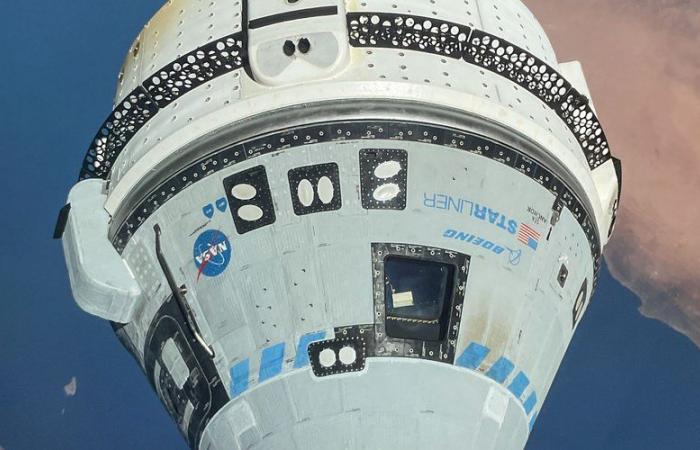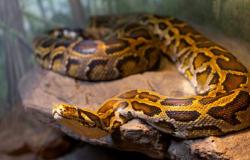
A space stay that drags on.
Having left on June 6th aboard a Boeing spacecraft, two astronauts who were supposed to stay in space for only eight days may not return to Earth for three months. Since their departure aboard the Starliner capsule for the International Space Station, Butch Wilmore and Suni Williams have had to face several unforeseen events.
In particular, it was a helium leak and then propellant failures which led the two astronauts to carry out repairs. Steve Stich, head of NASA’s commercial crew program, said the return mission could ultimately take between 45 and 90 days, reports CNN. No specific date has been announced. NASA nevertheless wants to be reassuring, stating that the astronauts were not “blocked” in the space.
Due to propellant problems and helium leaks: the return to Earth of Boeing’s Starliner capsule further delayed, NASA fears that its astronauts will remain “stranded in space” https://t.co/IsAUUqdGv8 via @lindependant
— The Independent (@lindependant) https://twitter.com/lindependant/status/1803768524503957893?ref_src=twsrc%5Etfw
Awaiting testing in New Mexico
According to the US space agency, the wait is due to tests carried out in New Mexico to understand why the thrusters proved defective during the mission. While waiting to return to Earth, the two astronauts have integrated into the ISS crew.
Starliner represents a major challenge for Boeing, which is also facing production quality problems in its commercial aviation branch. This first-ever crewed mission aims to demonstrate that this vehicle is safe to begin regular space taxi operations. Ultimately, the aeronautical giant hopes to compete with Elon Musk’s SpaceX company, which has been sending men into space since 2020.





